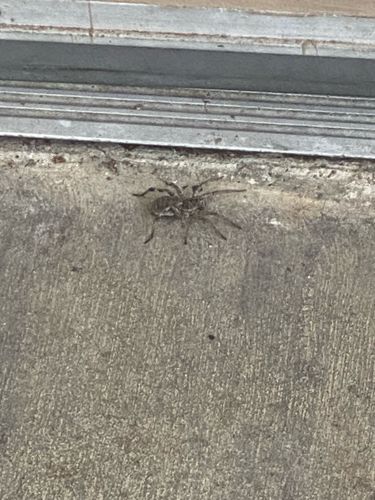Wolf Spider
Scientific Name: Lycosidae (many genera and species)
Order & Family: Order: Araneae, Family: Lycosidae
Size: Body length typically ranges from 10 mm to 35 mm (0.4 to 1.4 inches), with males usually smaller than females.

Natural Habitat
Wolf spiders are terrestrial and can be found in a variety of habitats including grasslands, forests, deserts, and suburban gardens. They often hide under rocks, logs, leaf litter, or in burrows.
Diet & Feeding
Mainly eats other insects and small invertebrates, such as crickets, grasshoppers, beetles, and sometimes other spiders.
Behavior Patterns
Wolf spiders are solitary hunters, active mostly at night, but some species hunt during the day. They do not build webs to catch prey but actively chase and pounce on their victims. Females carry their egg sac attached to their spinnerets and, after hatching, carry the spiderlings on their back for a period.
Risks & Benefits
Risks: While wolf spiders are venomous, their venom is generally not dangerous to humans, causing only mild symptoms like localized pain, swelling, or itching, similar to a bee sting. They may bite if provoked or cornered. Benefits: They are beneficial predators, helping to control populations of various insect pests in gardens and agricultural settings.
Identified on: 8/19/2025